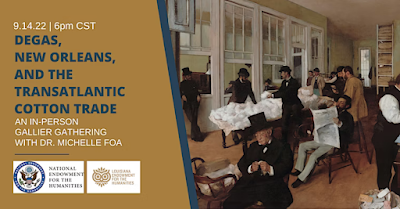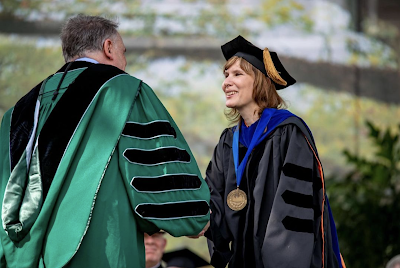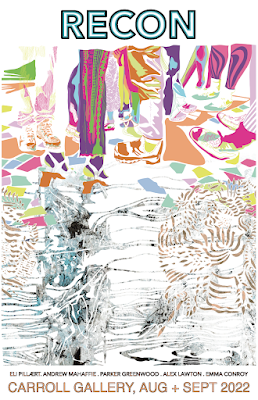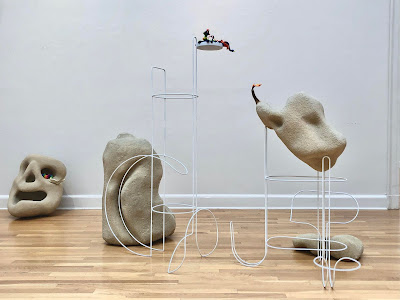On September 14th at 6pm, Dr. Michelle Foa will present on the influence of Degas' visit to New Orleans and the centrality of the cotton trade to his work. This in-person lecture will take place at the Gallier House, 1132 Royal Street, New Orleans. Registration is required through eventbrite.
About this event
Join Dr. Foa in-person at the September Gallier Gathering as she discusses the French painter Edgar Degas' visit to New Orleans and the centrality of cotton and the transatlantic cotton trade to his work and European society at large.
About this Event
Edgar Degas’s stay in New Orleans in 1872-73, which marked his only visit to the New World, resulted in two remarkable paintings of a cotton office. Linking Southern cotton to the textiles in his countless pictures of dancers, laundresses, and bathers and to his works’ paper supports, this lecture will demonstrate the centrality of the material to the artist’s body of work. More broadly, Degas’s Cotton Office paintings, as well as drawings and correspondence from his time abroad, reveal that the artist had begun thinking about the world, his work, and the subjects depicted therein in more geographically expansive and interconnected terms. These pictures and letters reflect his newfound understanding of the ties that joined the Old and New Worlds to one another and the global circulation of people, goods, and communications in the later nineteenth century.
Michelle Foa is Associate Professor of Art History in the Newcomb Art Department of Tulane University, and her research focuses on nineteenth-century French art and visual and material culture. Her first book, Georges Seurat: The Art of Vision, was published by Yale University Press in 2015. She is currently at work on a book on Degas, and part of this research published in The Art Bulletin was awarded the Nineteenth-Century Studies Association Article Prize in 2021. Her research and teaching have been supported by numerous grants and fellowships, including from the Center for Advanced Study in the Visual Arts at the National Gallery of Art and the National Endowment for the Humanities.
This event is made possible by funding from the Louisiana Endowment for the Humanities. Funding for 2021 Rebirth grants has been administered by the Louisiana Endowment for the Humanities (LEH) and provided by the National Endowment for the Humanities (NEH) as part of the American Rescue Plan (ARP) and the NEH Sustaining the Humanities through the American Rescue Plan (SHARP) initiative.
Any views, findings, conclusions or recommendations expressed in this program do not necessarily represent those of the National Endowment for the Humanities.









